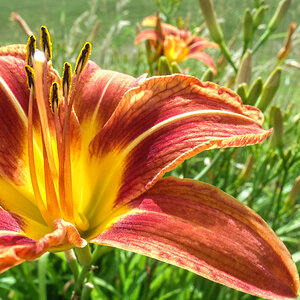jake337
Been spending a lot of time on here!
- Joined
- Jun 3, 2010
- Messages
- 4,274
- Reaction score
- 1,245
- Location
- minnesota
- Can others edit my Photos
- Photos OK to edit
I have the app and the Android Asus Transformer Pad. It works with the Nikon and Canon with an extra feature for the Canon. It will take up to 15 bracketed exposures. Only problem I see is it will only save as Jpeg and only to the tablet. Its slower than mole asses in January. I can see the app useful for focus stacking which isnt time dependent.
Oh, I didn't know it would only save as jpeg. Damn!


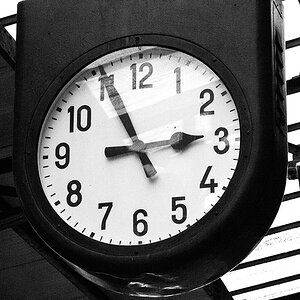
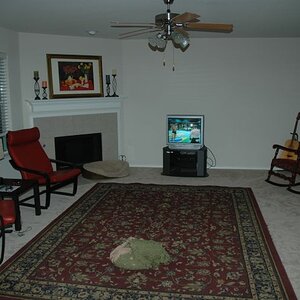
![[No title]](/data/xfmg/thumbnail/35/35955-01e9c8140cdcaac10d227d68e42ac0d4.jpg?1619737267)

![[No title]](/data/xfmg/thumbnail/34/34127-a0d1223fcaca46821c9dace22d8f88c2.jpg?1619736298)
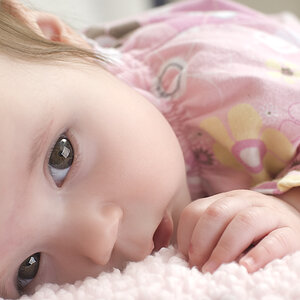
![[No title]](/data/xfmg/thumbnail/40/40306-ea393f71adcd88a9abb9fb16dc6af2d5.jpg?1619739413)
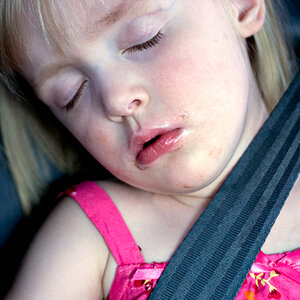
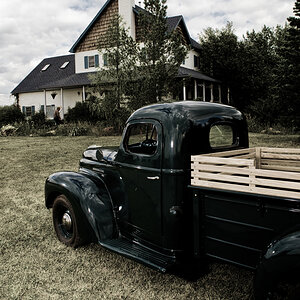
![[No title]](/data/xfmg/thumbnail/42/42061-9f4eb186c434652d6587c8bcdde59502.jpg?1619739997)
